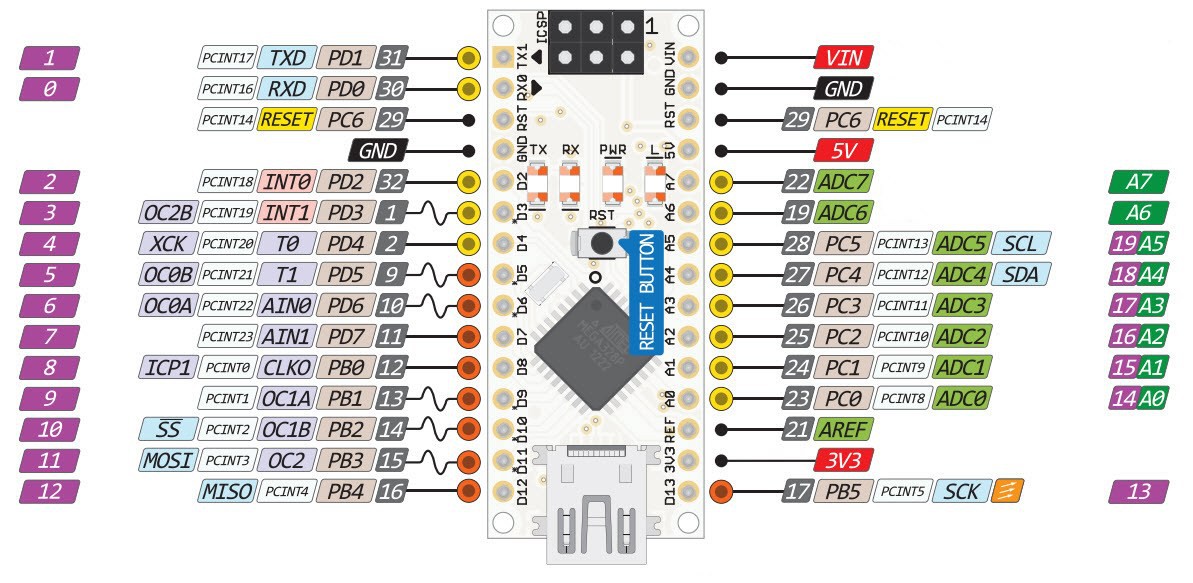« Back to project details
Newest
-
Nano Pinouts
09/05/2019 at 19:21 • 0 comments -
Example sketch - with lots and lots of comments
09/05/2019 at 01:05 • 0 commentsHere is my commented code for an example of using an Arduino Nano with a HT1632C 8x32 panel.
// Libraries needed for the demo #include <HT1632.h> #include <font_5x4.h> // Set the variables // integers int i = 0; int wd; // a string of characters to display char disp [] = "Welcome to TVLand!"; void setup () { // Which pins is the display using. // The pin order is (CS1, pinWR, pinDATA) HT1632.begin(9, 10, 11); // Setting up the font wd = HT1632.getTextWidth(disp, FONT_5X4_END, FONT_5X4_HEIGHT); } void loop () { // Original code - drawTarget not a keyword // HT1632.drawTarget(BUFFER_BOARD(1)); // Below, renderTarget, reflects the updated library - v2.0, // which screen to send the data to. There can be up to 4 panels. HT1632.renderTarget(1); // Clear the RAM buffer for the display HT1632.clear(); // OUT_SIZE, FONT_5X4, FONT_5X4_END, FONT_5X4_HEIGHT // All of the above variables come from the font.h file // OUT_SIZE is the width of the display HT1632.drawText(disp, OUT_SIZE - i, 2, FONT_5X4, FONT_5X4_END, FONT_5X4_HEIGHT); // Display the contents of RAM to the screen HT1632.render(); // Scrolling the text from right to left i = (i+1)%(wd + OUT_SIZE); // a quick pause before cycling through delay(100); }
 Peter
Peter